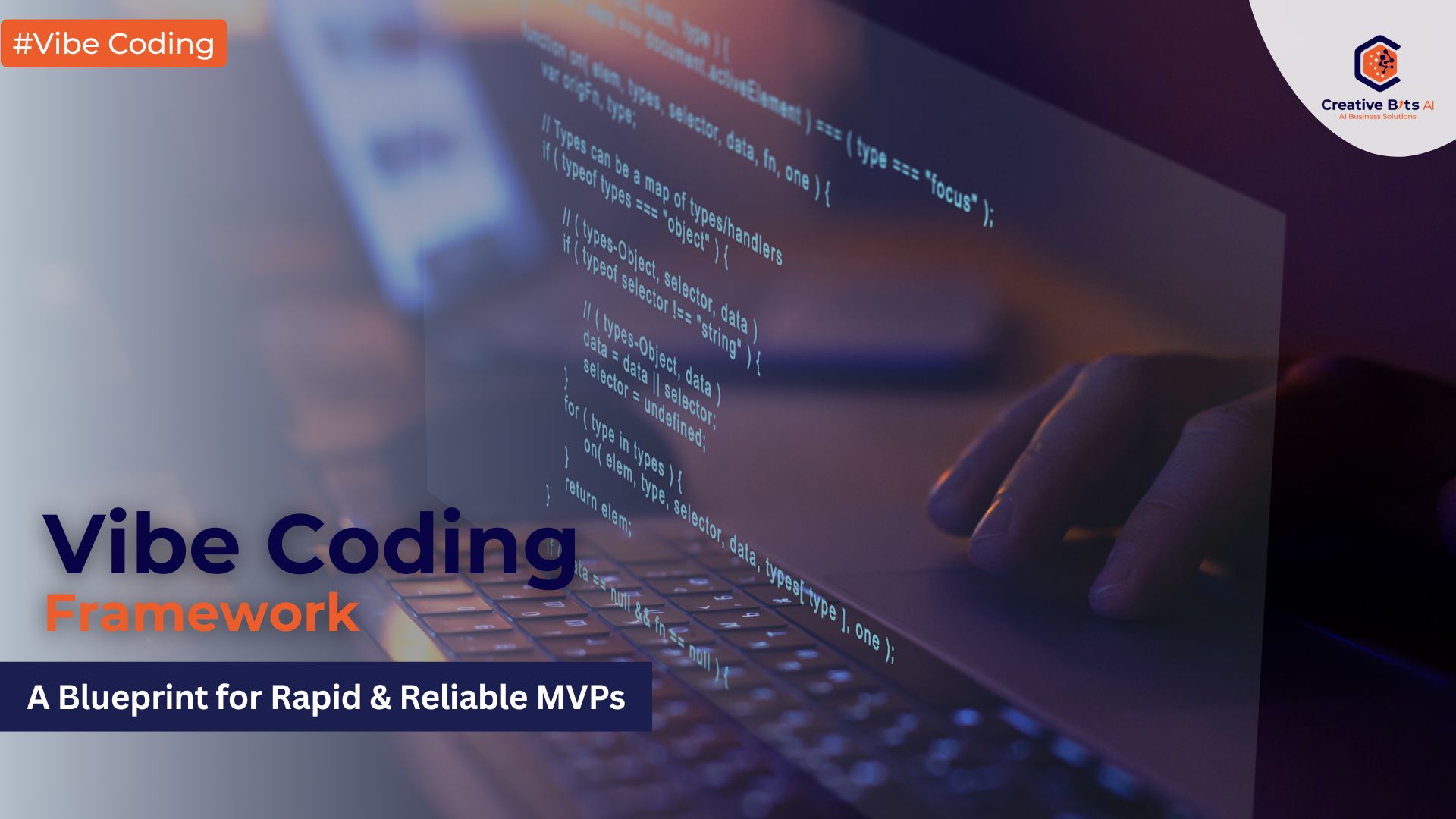Creating AI models that truly understand the nuanced challenges of specific industries is no longer a luxury—it’s a necessity. While generic AI solutions offer broad capabilities, they often fall short when confronted with the complex, specialized requirements of sectors like healthcare, finance, legal services, and manufacturing.
This guide explores how businesses can develop AI models that deliver pinpoint accuracy by leveraging domain-specific data, advanced learning techniques, and cutting-edge frameworks.
Why Generic AI Falls Short in Specialized Domains
Most off-the-shelf AI models are trained on general datasets that lack the critical context needed for industry-specific tasks. Consider these real-world examples:
- A standard text classification model might excel at analyzing social media posts but struggle with interpreting complex legal documents
- Generic medical imaging AI could perform poorly when identifying rare disease markers that require expert-level understanding
- Fraud detection systems without banking-specific training might generate numerous false positives
The Power of Context-Aware AI Models
Domain-specific AI models address these limitations by:
- Incorporating industry-specific terminology and workflows
- Training on carefully curated, expert-annotated datasets
- Understanding subtle patterns unique to specific sectors
Strategic Approaches to Building Specialized AI
1. Leveraging Transfer Learning
Transfer learning allows businesses to transform pre-trained AI models into industry-specific powerhouses. Instead of building models from scratch, you can:
- Use foundational models like BERT for natural language processing
- Fine-tune image recognition models for medical diagnostics
- Adapt general algorithms to detect intricate patterns in financial transactions
Real-World Transfer Learning Example
In medical imaging, a pre-trained computer vision model can be refined to detect rare diseases with minimal additional training data, dramatically reducing development time and costs.
2. Advanced Domain Adaptation Techniques
Domain adaptation helps AI models transcend their original training context. Key strategies include:
- Feature-space alignment across different datasets
- Synthetic data augmentation
- Adversarial domain adaptation to extract universal insights
Top Frameworks for Custom AI Development
Technical Toolkits
- TensorFlow & PyTorch: Ideal for deep learning and complex neural network architectures
- Hugging Face Transformers: Specialized in natural language processing tasks
- Apache Spark MLlib: Designed for large-scale predictive analytics
- IBM Watson & Google AutoML: Provide user-friendly AI model development platforms
Practical Implementation Strategies
Key Considerations for Success
- Start with a clear understanding of your specific industry challenges
- Invest in high-quality, domain-specific training data
- Continuously validate and refine your model’s performance
- Collaborate with domain experts during model development
Cost and Efficiency Benefits
By adopting a targeted approach to AI model development, businesses can:
- Reduce false prediction rates
- Lower computational resource requirements
- Accelerate time-to-insight
- Improve decision-making precision
Conclusion
Domain-specific AI is not about replacing human expertise but augmenting it with precision-engineered intelligence. As industries become more complex, the ability to create AI models that truly understand contextual nuances will separate innovative leaders from followers.
Next Steps
- Assess your industry’s unique AI requirements
- Identify potential machine learning use cases
- Explore transfer learning and domain adaptation strategies
- Consult with AI and domain experts


